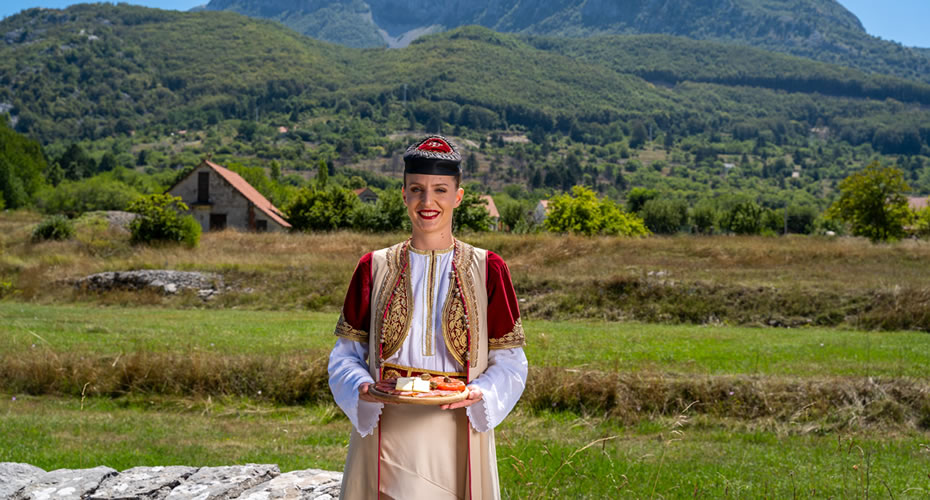St. Peter Monastery
St. Peter Monastery (Manastir Svetog Petra) in Cetinje is a place of profound spiritual significance
Transform your journey into a tapestry of genuine moments.
Carefully selected properties with essence of a destination.
Relax as you explore Montenegro’s hidden gems.
Your trip becomes a reflection of your desires.
No posts were found for provided query parameters.
No posts were found for provided query parameters.
St. Peter Monastery (Manastir Svetog Petra) in Cetinje is a place of profound spiritual significance
Perched at an elevation of 1,456 meters, Žabljak stands as the highest town in the Balkans, a charm
Surrounded by the majestic peaks of Durmitor, including the iconic Bobotov Kuk, Black Lake is a have
he Njegoš Mausoleum, perched high atop the rugged peaks of Mount Lovćen, is not only a monument to
Boka Bay, often called the “Bride of the Adriatic,” is a place where nature’s artistry meets c
At Montours Travel Agency, we are thrilled to announce the launch of our newly redesigned website, a
No posts were found for provided query parameters.
Perast, a quaint and picturesque town nestled along the shores of the Bay of Kotor, is a place where
Kotor Old Town (Stari Grad Kotor) is a place where history and beauty intertwine in a timeless embra


Montenegro, a small but incredibly beautiful country located on the Adriatic coast of Southeastern Europe, has become an increasingly popular destination for travelers seeking both adventure and relaxation. With its stunning landscapes, historic sites, and vibrant coastal towns, Montenegro offers a unique travel experience. Here is a comprehensive guide to help you navigate your trip to this picturesque country, covering aspects such as safety, weather, traffic conditions, and more.

Montenegro is generally considered a safe destination for tourists. The crime rate is low compared to many other European countries, especially when it comes to violent crime. Petty crimes, such as pickpocketing or scams, are rare but can occur in tourist-heavy areas, particularly in popular cities like Kotor, Budva, and Podgorica. It is always advisable to remain aware of your surroundings, take basic safety precautions, and avoid leaving valuables unattended in public places. Montenegro is also known for its hospitable people, and most locals are welcoming to visitors. For travelers engaging in outdoor activities like hiking or boating, Montenegro’s natural landscapes are safe to explore, provided that proper precautions are taken, such as following marked trails and wearing appropriate gear.

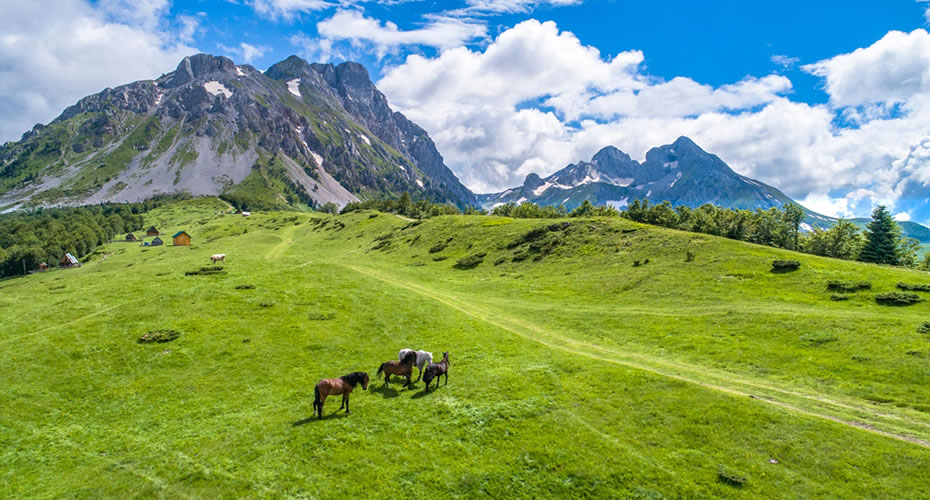


Best Time to Visit: The ideal time to visit Montenegro largely depends on your preferences. The summer months (June to September) are perfect for beach lovers and those who enjoy outdoor festivals and events. However, these months can be crowded along the coast. Spring (April to June) and autumn (September to November) are great alternatives, offering pleasant weather and fewer tourists. For those interested in winter sports, the colder months of December to March are ideal for visiting the ski resorts in the northern regions.



As mentioned, Montenegro is considered a safe country with a relatively low crime rate, especially when compared to larger European destinations. Petty theft, including pickpocketing, is rare but can occur in crowded tourist spots or on public transport. Violent crime is not a significant concern for tourists, and violent incidents involving foreigners are extremely rare. Montenegro has a robust police force, and the authorities take safety seriously.
However, like any travel destination, it’s important to take common-sense precautions. Keep your valuables secured, avoid poorly lit areas at night, and remain cautious around large crowds.

Montenegro’s road infrastructure is well-developed, particularly along the coast and in the capital city, Podgorica. However, in more remote or mountainous areas, roads may be narrower, winding, and not always in perfect condition, so caution is advised when driving. Many of the country’s scenic roads, such as those around Boka Bay or through the mountains of Durmitor, are stunning but can be challenging for drivers unfamiliar with steep or curvy roads. Driving in Montenegro is relatively straightforward, but be aware of local driving habits, such as frequent tailgating and the occasional disregard for speed limits.

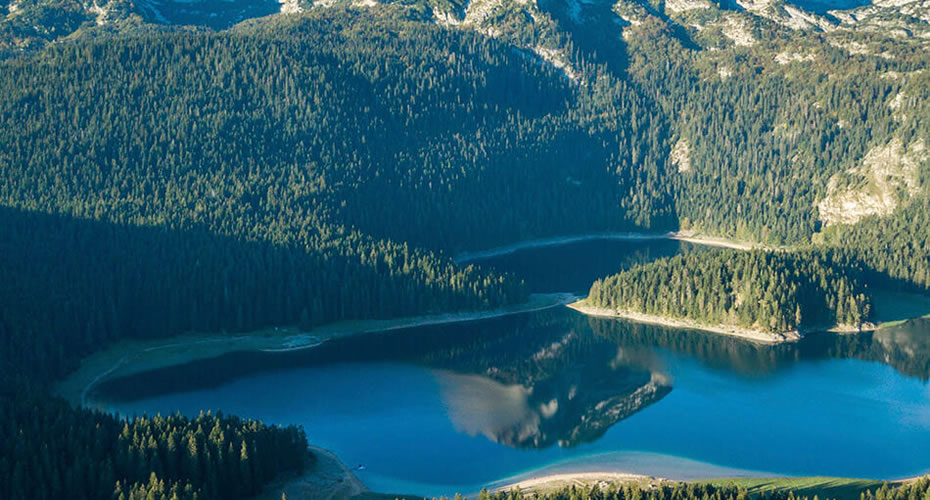

Road signs are mostly in Cyrillic, but you will also find them in Latin script, especially in tourist areas. If you’re planning to rent a car, it’s advisable to rent a small vehicle if you’re venturing into mountainous terrain. Public transportation, including buses and taxis, is widely available in the major towns, although it can be less frequent or punctual in rural areas. For more flexibility, renting a car is a popular option for exploring the country at your own pace.
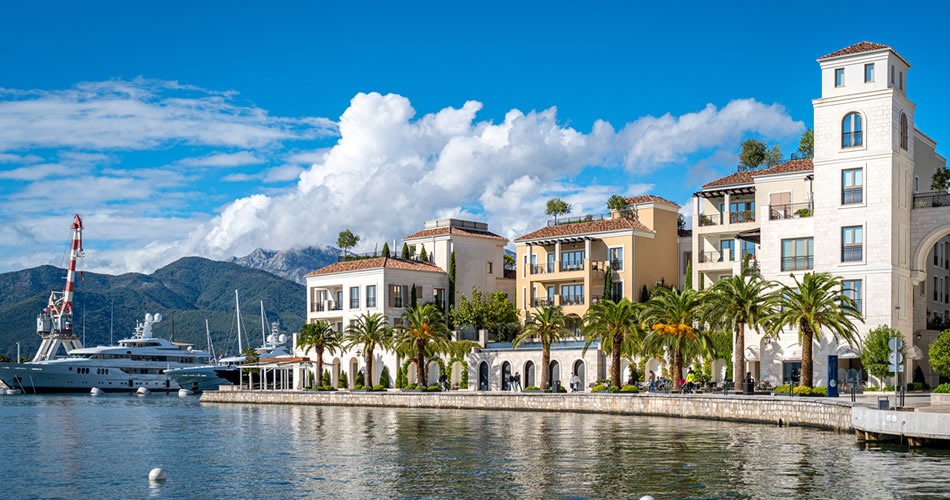
Montenegro is served by several international airports, making it accessible from many European cities and beyond.



For those traveling to Montenegro, both Podgorica and Tivat are the most common entry points. Many travelers also use Dubrovnik Airport in Croatia or Tirana in Albania, which is just a short drive from Montenegro, especially if flights from your departure city are more frequent or affordable.

The official currency of Montenegro is the Euro (€), despite the country not being a member of the European Union. The use of the euro makes it convenient for European travelers, as they don’t need to worry about currency exchange when traveling within the eurozone. Credit cards are widely accepted in most hotels, restaurants, and shops, especially in the larger cities and tourist areas. However, it’s always a good idea to carry some cash, particularly in rural areas or for small transactions. ATMs are widely available in most towns and cities, and currency exchange offices are also common in tourist hotspots. Be aware that some small shops, cafes, or rural establishments may only accept cash.

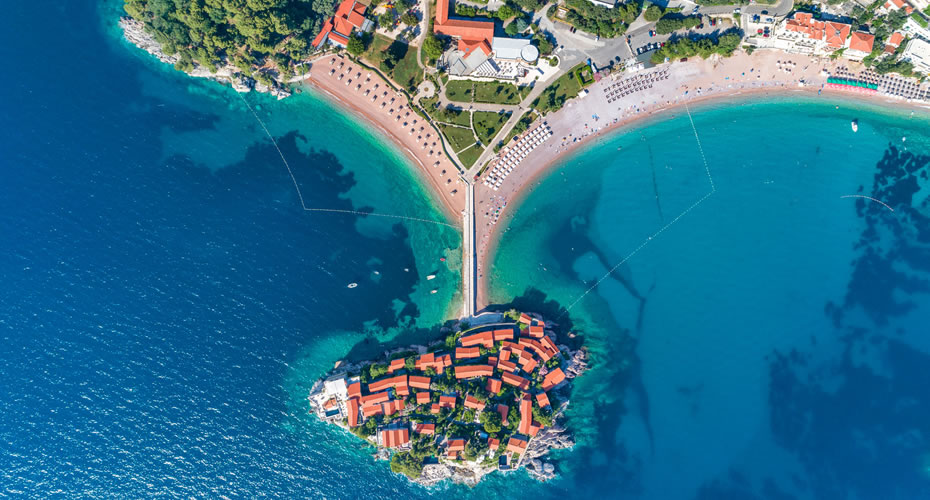


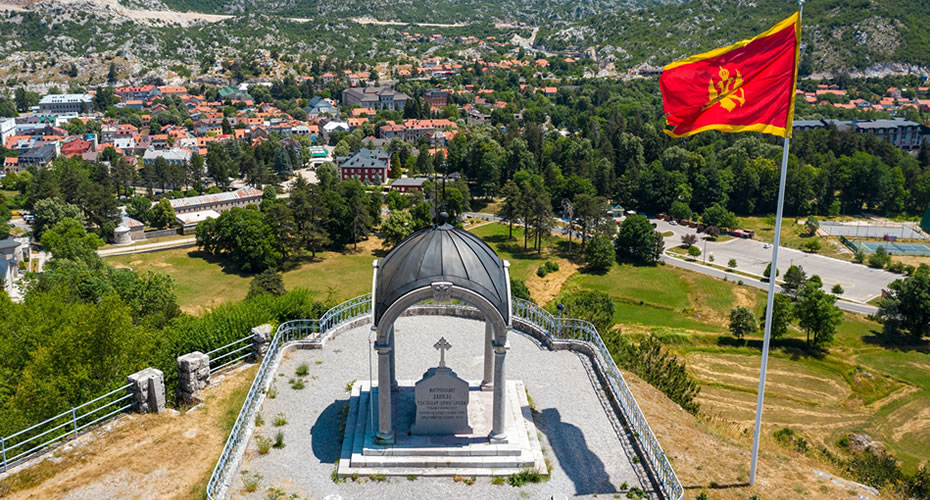
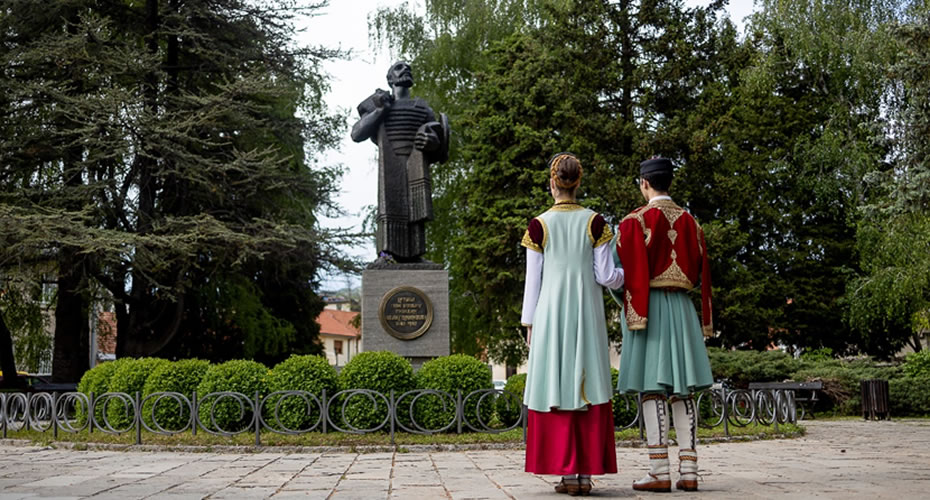

Montenegro is a wonderful destination for travelers seeking both adventure and relaxation, with its spectacular landscapes, historic sites, and welcoming people. With its low crime rate, favorable weather conditions, and well-connected transportation system, it offers an experience that’s both safe and accessible. Whether you’re visiting for the beaches, hiking, or cultural heritage, Montenegro’s charm and beauty will undoubtedly leave a lasting impression.
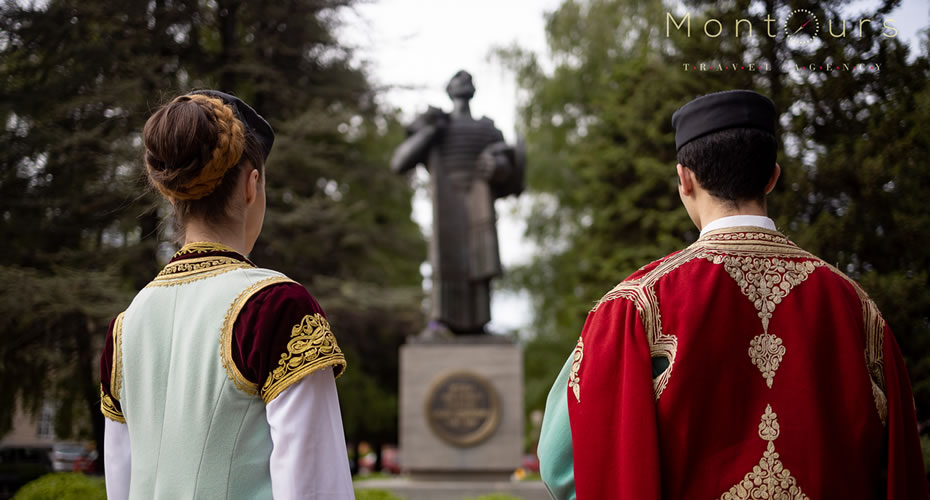
Traveling sustainably means making mindful choices that benefit the local community, protect the environment, and promote cultural understanding. Cetinje, with its historical significance and stunning landscapes, presents a unique opportunity to experience Montenegrin culture while ensuring that our presence contributes positively to the town and its surroundings.

